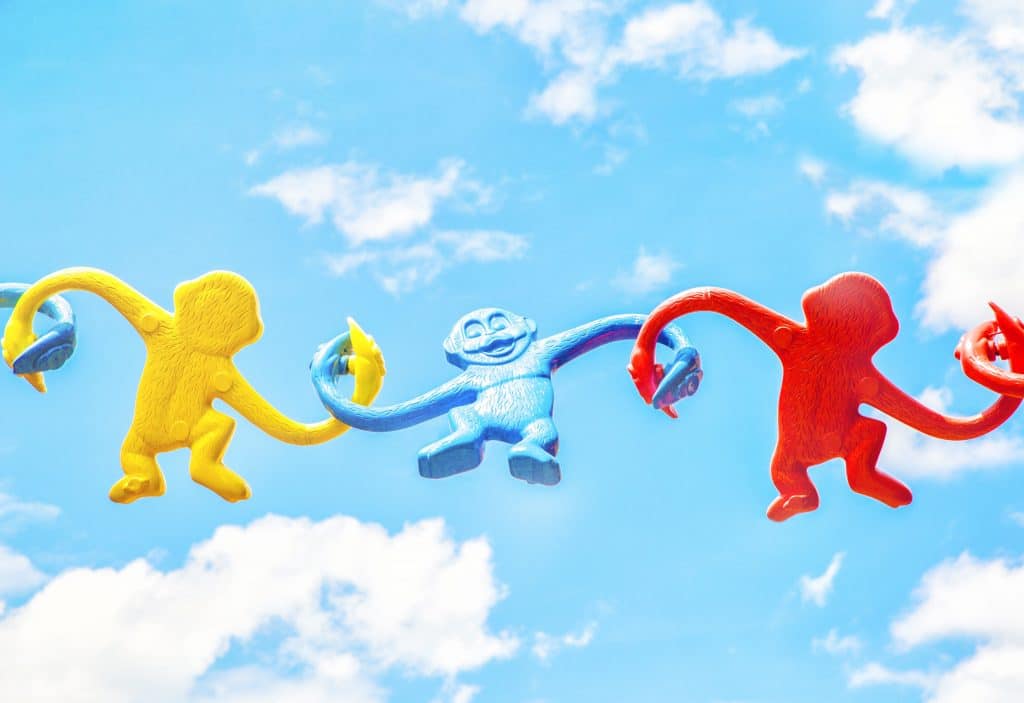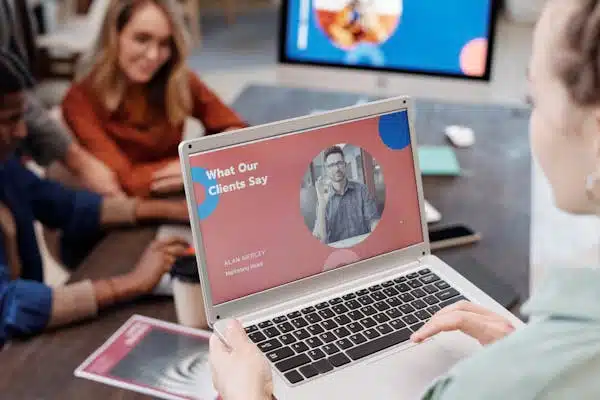If you’ve ever Googled a marketing plan for your amusement park, you may have noticed a common theme. As of this writing, 20% of the page 1 results for “theme park marketing strategy” discuss why you should make like The Mouse in your marketing plan. As someone who’s mildly obsessed with RunDisney (and, okay, the entire brand), I get it. Disney World isn’t just a kid’s dream, it’s a marketer’s dream as well. Disney devotes entire departments to paid media advertising, content marketing, video and graphic development, demographic research . . . I’ll stop before I get too starry-eyed.
The truth is, just like our favorite childhood films, there are some great lessons Disney can teach us about ingenuity, attention to detail, and all-star customer service. But at the end of the day, nobody else is working with a Disney-level budget.
Ready to develop a theme park marketing strategy that works in the real world? Feast your eyes on the top three ways not to market like The Mouse.
3 Ways Your Marketing Shouldn’t Mirror Disney
-
Go Ahead and Play Favorites.
If you’ve ever been to Disney World, you know it’s easy to get lost in the m̶a̶d̶n̶e̶s̶s̶ magic. Not only do they have four sprawling theme parks full of rides, restaurants, and experiences, they also have an expansive network of property dotted with resorts, restaurants, shopping, wildlife habitats, and even an on-site water treatment plant. And Disney dedicates marketing campaigns to each and every one of them.
Down here on planet earth, we don’t have literal billions of dollars in our annual marketing budget. It may feel like you’re playing favorites deciding who gets a makeover for the metaphorical ball, but when it comes to developing a profitable marketing strategy, not every attraction needs its own fairy godmother.
How do you choose which attractions deserve your marketing mojo? Look at the data.
- What are your areas of highest profitability? Are those attractions drawing the highest number of customers?
- Which attractions are outdated? Do they need a rebrand to improve appeal?
- Which attractions barely cover operating costs? Are you allocating too much of your budget to promote them for a low ROI?
For many family entertainment centers, concessions, parties, and fundraisers are the largest sources of profit. If you want your amusement park to shine, focus your marketing plan on the areas with the biggest ROI. When they make back your investment (and then some), you’ll have the marketing budget to focus on less profitable parts of your business.
-
Be Picky with Your Platforms.
When it comes to marketing their theme parks, Disney is everywhere. Because, well, they can be. When I picture Disney’s marketing team, they’re something like Rapunzel in her opening song: they have the time, the energy, and resources to devote 100% focus to every tool in their arsenal.
But when it comes to developing a digital marketing plan for your FEC, testing everything from VR to Spotify feels more like Ariel squirreling away “treasures” she has no use for. Customers can tell when your marketing efforts are poorly researched and scattered. And unless you have an entire castle of information at your disposal (instead of a well-meaning but ill-informed friend), slapping your brand onto a dozen different platforms is a recipe for disaster.
Instead of trying to be everywhere, carefully curate the digital marketing platforms that are right for your business. For FECs with a lot of UGC (user-generated content), Instagram will show off your best assets. Going after Gen Z? You may want to try something trendier like Snapchat or TikTok.
When deciding whether or not to join a new digital marketing channel, ask yourself:
- Are my customers present on this platform?
- Is the potential benefit for my business high?
- Do I have the time, content, and resources to post regularly?
If the answer to any of these questions is “no,” tuck the idea away in your cavern of thingamabobs and gizmos until you’re better equipped to use it.
Need help finding the right social media platforms for your amusement park? Let our team help!
-
Don’t Go Global, Go Hyperlocal.
Disney is a global brand that knows how to reach just the right audiences all over the world. But let’s be real, if you’re not Disney, nobody will cross the ocean to find you.
The good news? No matter how much they pay attention to local trends, Disney will never be able to capture the hyperlocal market the same way you can. When it comes to engaging local customers, you know just what they need. You can tap into your community to add value and build meaningful relationships. That may mean partnering with schools to host fundraising events, raising donations for local charities, or using local lingo in your website and social media content to make people feel that “they get me!” thrill.
Put your ear to the ground to learn what your community needs. Then incorporate that local know-how to build local awareness and trust as you market your FEC. At the end of the day, customers may cross the ocean to visit Disney, but you’ll be their familiar source of fun for daily life “inside the reef.”
What Disney Does Right
Disney’s marketing M.O. may be straight out of Fantasyland, but there’s a reason it leaves everyone enchanted. Ready to sprinkle a little pixie dust on your FEC marketing plan? Here’s the secret to Disney’s success: they understand their audience.
Whether they’re tapping into influencer marketing, putting inspirational (and expertly branded) quotes on construction areas, or just taking out the trash, Disney knows how to give people a magical experience long before someone steps into their parks. Listen carefully for your customer’s pain points, create an amazing (and expertly branded) experience, and build an audience of happy customers who will help you tell a strong brand story wherever they go.
Is your FEC marketing plan missing the magic? Call TrustWorkz to make the most of your marketing budget with tools and strategies that are more effective on a local level.





